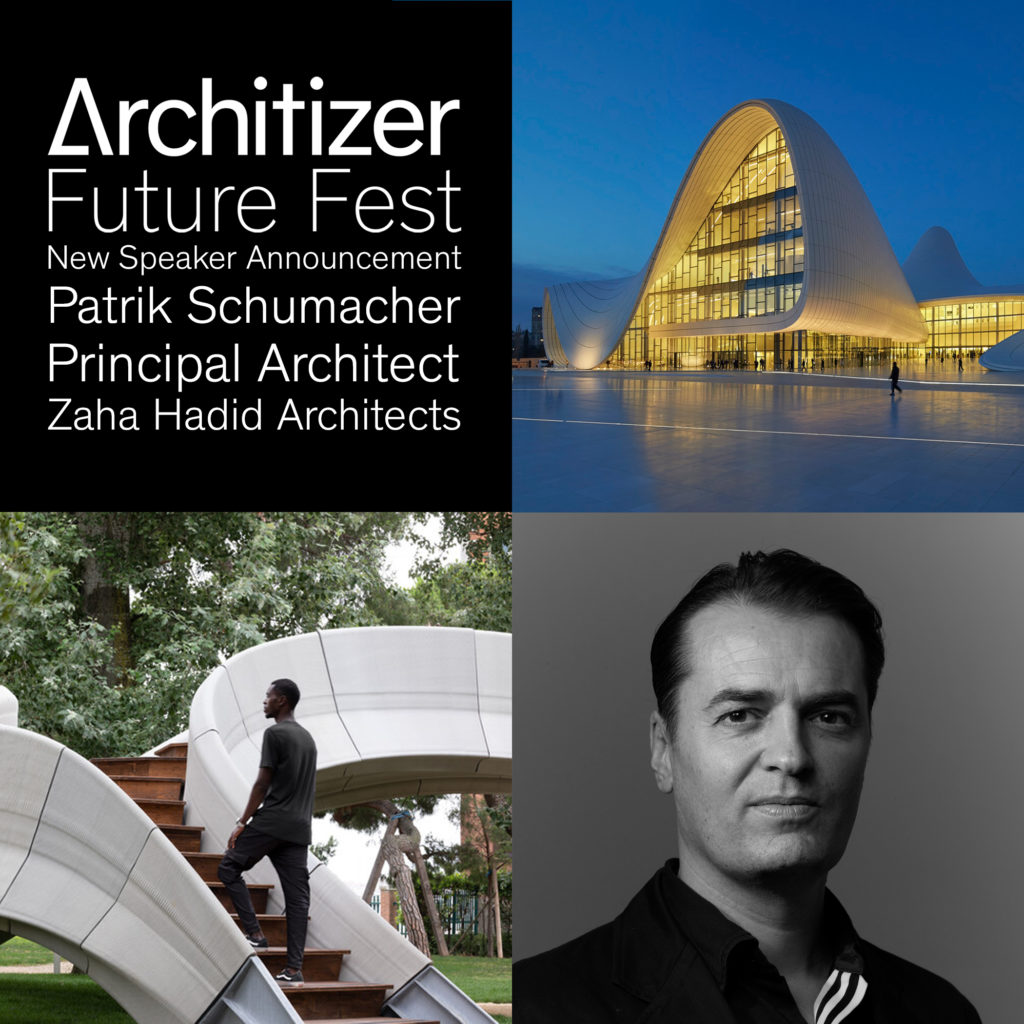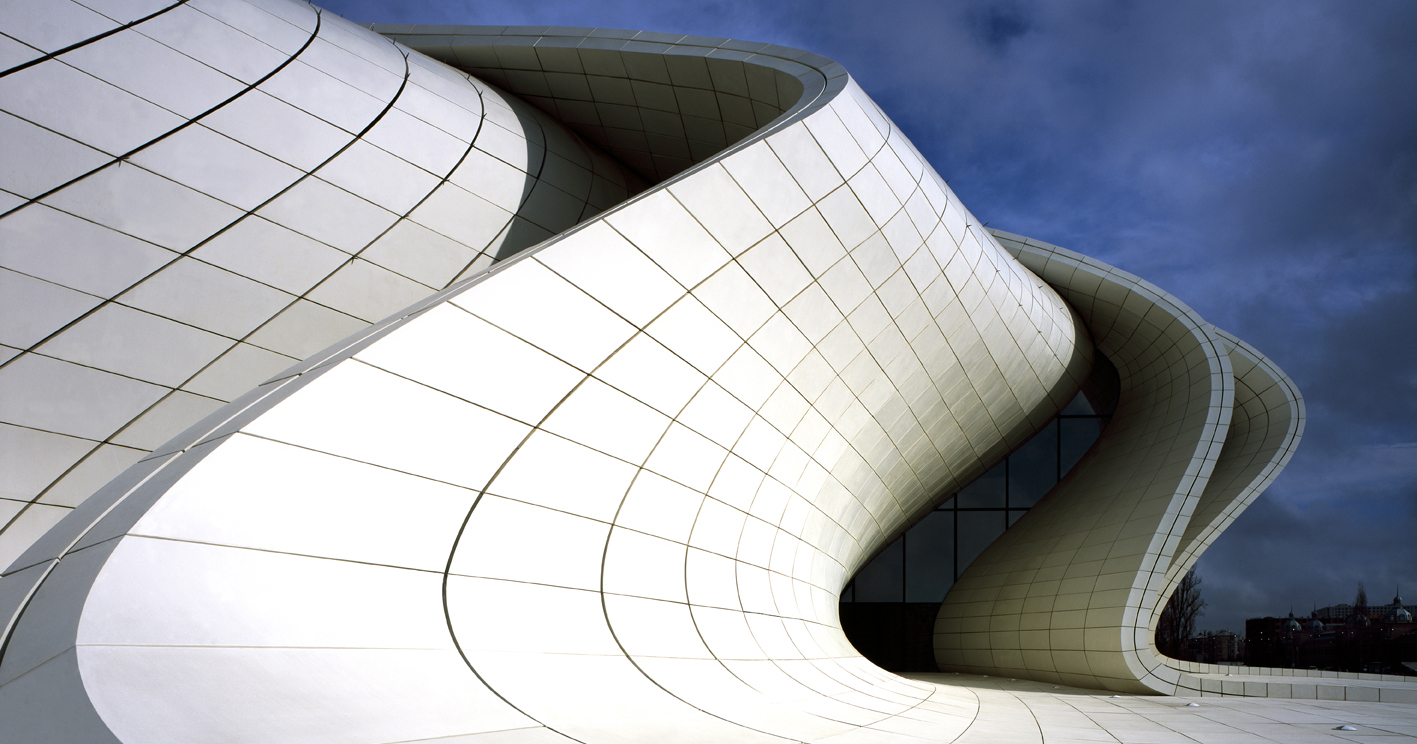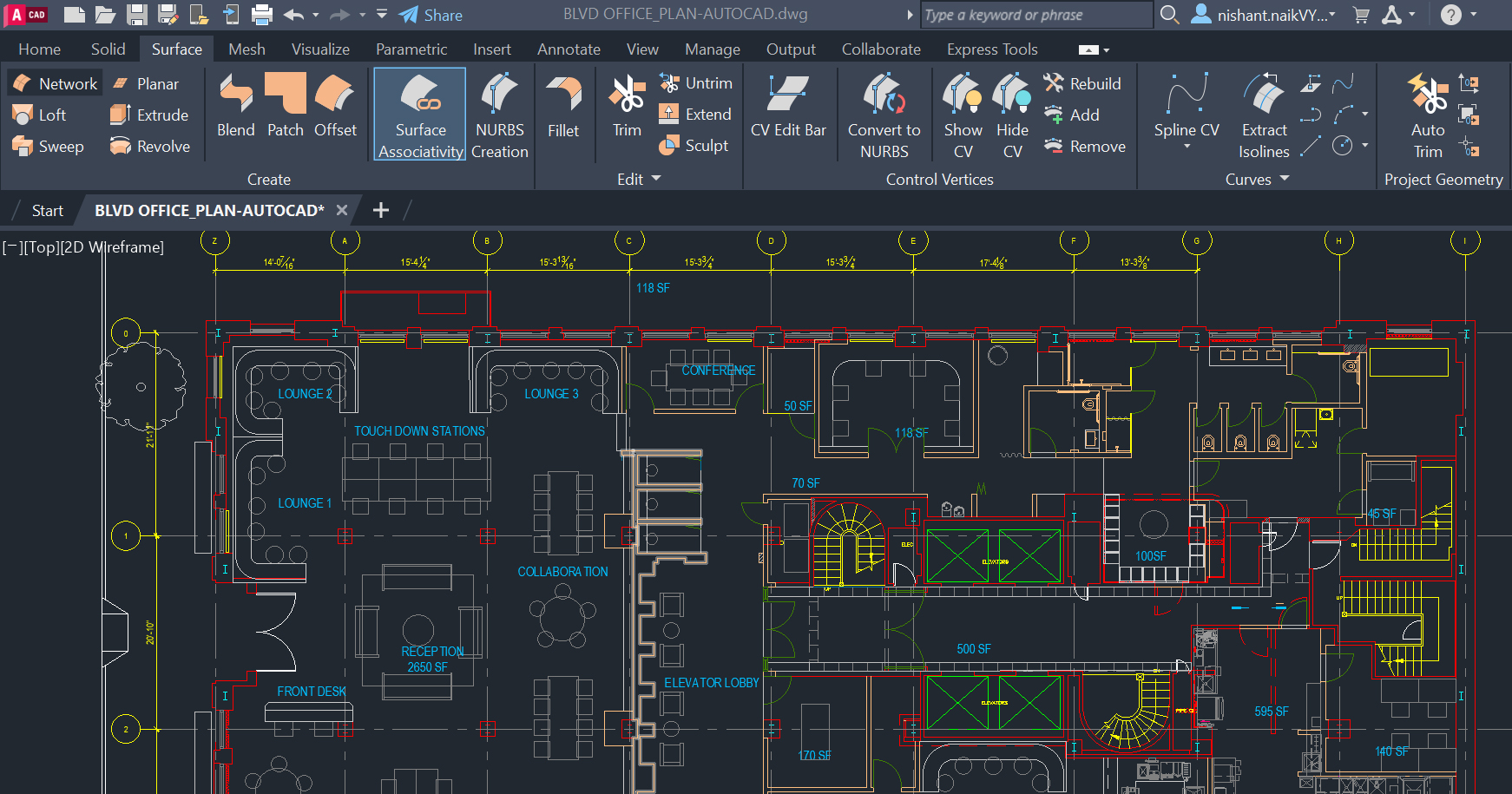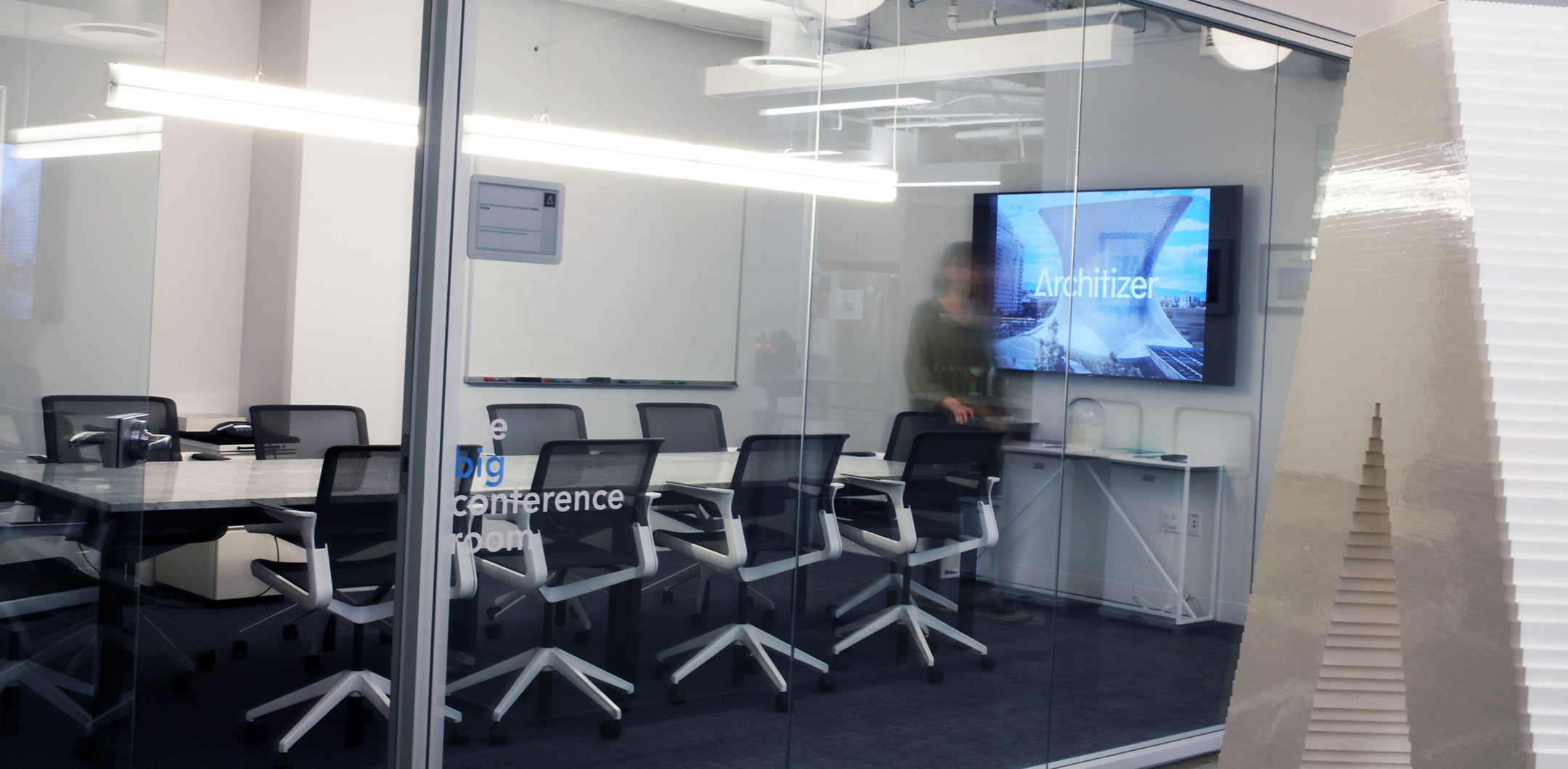If you’re curious to learn more about how technological advances will influence architecture in the years to come, we have some exciting news: Zaha Hadid Architects‘ Patrik Schumacher will speak at Architizer Future Fest this September!
As an integral part of multiple A+Award-winning projects with Zaha Hadid Architects, Patrik will join the Future Fest stage to present his ideas on the future of technological innovation in architecture in his talk “Can Technology Transform Construction?” The virtual live talk is scheduled to take place on September 22nd, and is 100% free for attendees. Register to attend Patrik’s presentation during our biggest ever celebration of architectural innovation:
Patrik Schumacher is the principal of Zaha Hadid Architects (ZHA) and Chairman for life of the Employee Benefit Trust owning ZHA, and has led the firm since Zaha Hadid’s passing in March 2016. He joined Zaha Hadid in 1988 and was seminal in developing Zaha Hadid Architects to become a 500 strong global architecture and design brand. Patrik is widely recognized as one of the most prominent thought leaders within the fields of architecture, urbanism and design.
His research interest focusses on designing and simulating real and virtual environments (and their fusion) with the goal to increase their power to engender and facilitate productive communicative interactions. The respective research agendas are ‘Agent-based Parametric Semiology’ and ‘Cyber-Urban Integration’. Accordingly, he is lecturing on the design opportunities and challenges posed by the advent of cyber-space and the collective project of the metaverse.

Top right: Heydar Aliyev Center, Baku, Azerbaijan; bottom left: Striatus 3D Printed Bridge, Venice, Italy; photos by Zaha Hadid Architects
Zaha Hadid Architects (ZHA) comprises almost 500 experienced professionals currently working on more than 60 projects and with already over 70 award-winning projects on six continents. Committed to honor Zaha Hadid’s legacy, ZHA has redefined architecture for the 21st century with a repertoire of projects that have captured imaginations across the globe. ZHA is one of the world’s most consistently inventive architectural studios, receiving the highest honors from civic, professional and academic institutions worldwide — and has been at the forefront of architectural innovation for four decades.
During his presentation, Patrik will seek to answer some of the most important questions related to technological advances in the field of construction. Zaha Hadid Architects are at the forefront of developing new methods for both the design and construction of buildings, largely focused on computational and parametric techniques. Their A+Award-winning project, the Striatus 3D Printed Bridge, is one built example of the methods ZHA have developed. Patrik will use this seminal project as a case study — and draw from other ZHA-led innovations — to talk about how similar technologies could be used to advance architecture in the future.
For a running list of speakers and more information on upcoming events, check out the Future Fest website, and register to receive invitations to each live talk in September:
Top image: Heydar Aliyev Center by Zaha Hadid Architects, Baku, Azerbaijan, 2014 A+Award Popular Winner in the Cultural – Theatres and Performing Arts Centers category; photo by Zaha Hadid Architects









